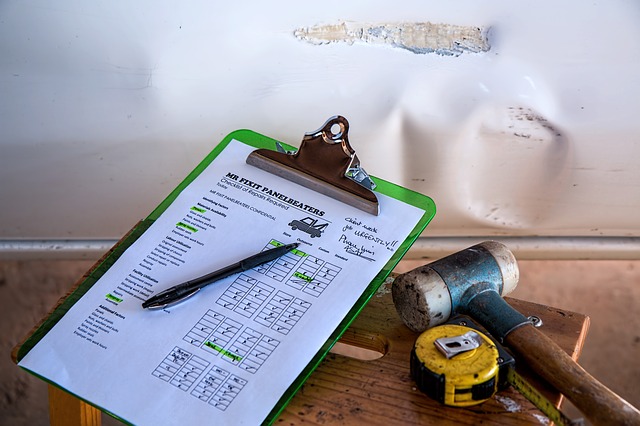Perhaps, the scariest part of the home selling process is the home inspection because it has the power to make or break the sale. After all, why is someone valuing your home after you have already determined a listing price and received an offer? Think of the appraisal as a tool for removing emotion from the equation between the two sides who want to make a sale. Even though you see value in your home, the appraiser might not. The appraiser basically assures the buyer that the price they are paying for the home is a fair price. Here are several common appraisal myths to help clear up any confusion and keep your mind at ease around home inspections:
Myth 1: An Appraisal Is The Same As A Home Inspection – Although both the appraisal and the home inspection are used as safeguards for the buyer and the buyer’s lender, they have completely different jobs. The inspector’s job is to uncover everything that is problematic or could become problematic. The appraiser’s job is to find the objective market value of the property.
In order to determine the property’s value, the appraiser will start off by using comps, much like you and your realtor did to determine a list price. Then, the appraiser will take into consideration the home’s condition, square footage, and location. They also note the condition of the plumbing, flooring, and electrical system. After all of that, they make their final assessment.
Myth 2: The Appraiser Works For The Buyer – The buyer pays for the appraiser but the appraiser is actually hired by the buyer’s lender. It doesn’t matter if you and the buyer have agreed on a price, the lender needs to be on board. However, there is no need to worry because appraisers are trained to be unbiased and ethical. In fact, it is a crime to persuade or pressure an appraiser to hit a certain value.
Myth 3: An Appraisal Will Give You The Magic Price of What A Buyer Will Pay – Keep in mind that this isn’t an exact science. The appraisal is only one opinion of what your home is worth. It does not dictate how much the buyer should pay, or what the seller should accept.
What happens if the appraisal doesn’t match the contract price? If your home is appraised lower than the price agreed upon, the lender isn’t going to give the buyer more money to cover the difference. Instead, it will be up to you or the buyer to figure out who pays for the remainder. The seller and buyer can agree to negotiate a new purchase price to match the appraisal, or a seller might consider finding someone willing to offer cash, which does not require an appraisal. At the end of the day, buyers can pay any price they want for the house, regardless of the appraisal. The report simply provides guidance for the lender, so they can determine if the house is actually worth what the seller and the buyer agreed upon.
Myth 4: Big House = Higher Appraisal – Imagine a super-sized home built on an average-sized lot in a modest neighborhood. Even though this house might dwarf its neighbors and be considered the king of the block, that doesn’t mean it will be appraised for much higher than the neighboring homes. Like we mentioned before, the value of the home is measured as if it were similar to others in the area that would commonly be expected on that same lot. Some people might even consider the bigger house to become a burden.
Myth 5: The More Upgrades, The Higher The Appraisal – “Are you telling me that my $100,000 in kitchen upgrades isn’t actually worth $100,000?” This situation can be difficult for sellers to wrap their head around. Basically, if you have overly improved your space with amenities that don’t exist in surrounding homes, there’s no nearby sales data that the appraiser can use to justify the worth of those upgrades. For example, if no one else in the neighborhood has a home theater, then typical buyers in that neighborhood probably don’t demand a theater.
That goes for decor, as well. You might think your home is worth more because of the incredible atmosphere that you created, but appraisers look beyond the decoration. They make a straight value judgment on the quantifiable aspects of the house, like the square footage, the number of rooms, and other measurable data. Plus, you are, most likely, going to be taking that decor with you when you move.
Myth 6: All Amenities Are Created Equal – If you have equipped you home with an in-law suite, tiki bar, or a home gym — we applaud you. However, if you converted your garage to do so, don’t expect the home appraiser to give you props. Most people want to park their cars where they are safely protected from the elements and break-ins. The moral of the story is be careful anytime you remove one amenity in order to add another because it could bite you in the appraisal.
